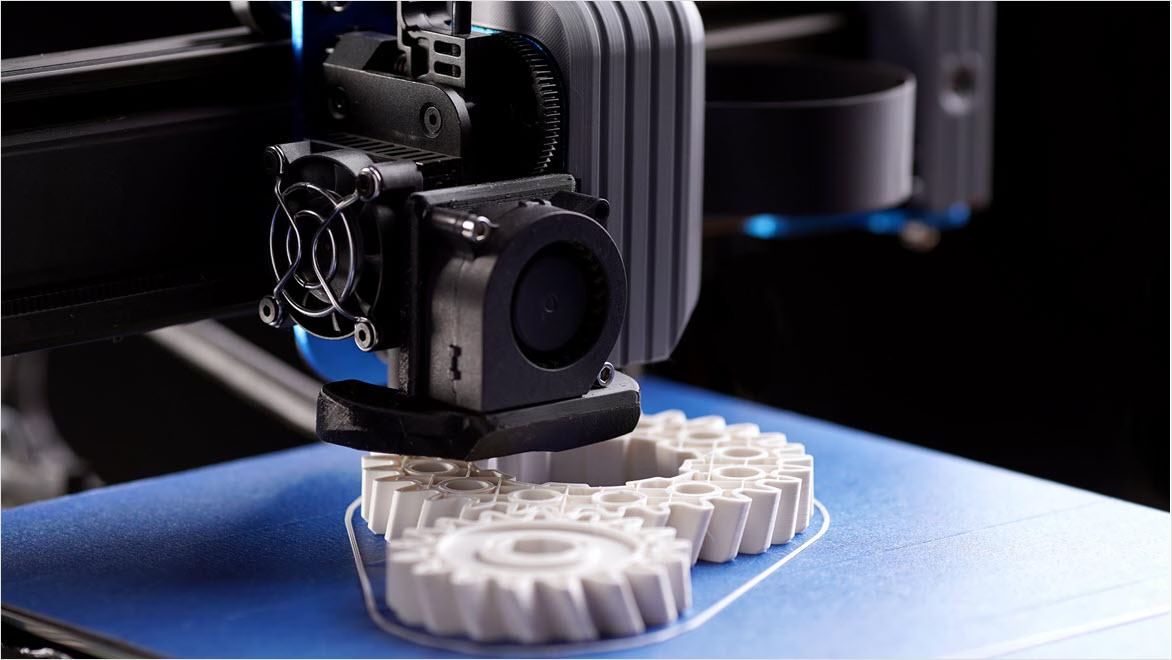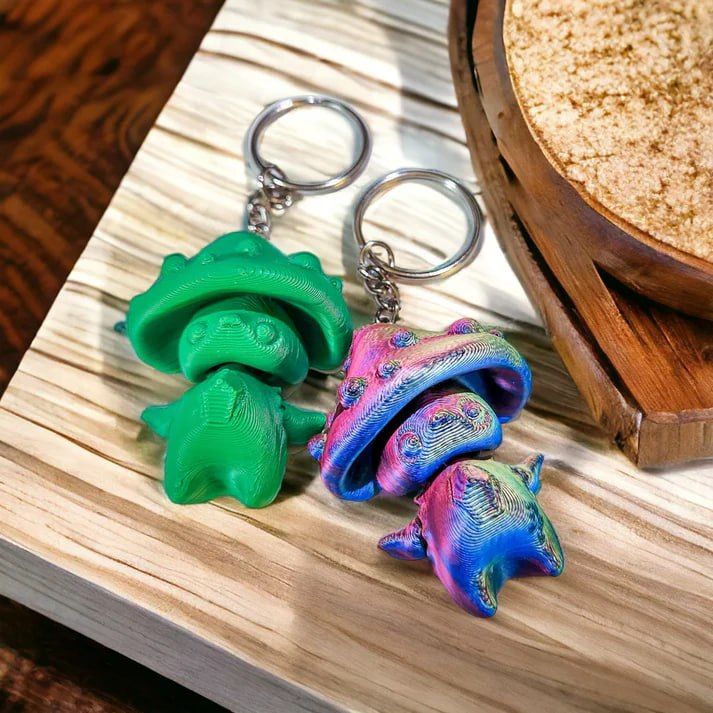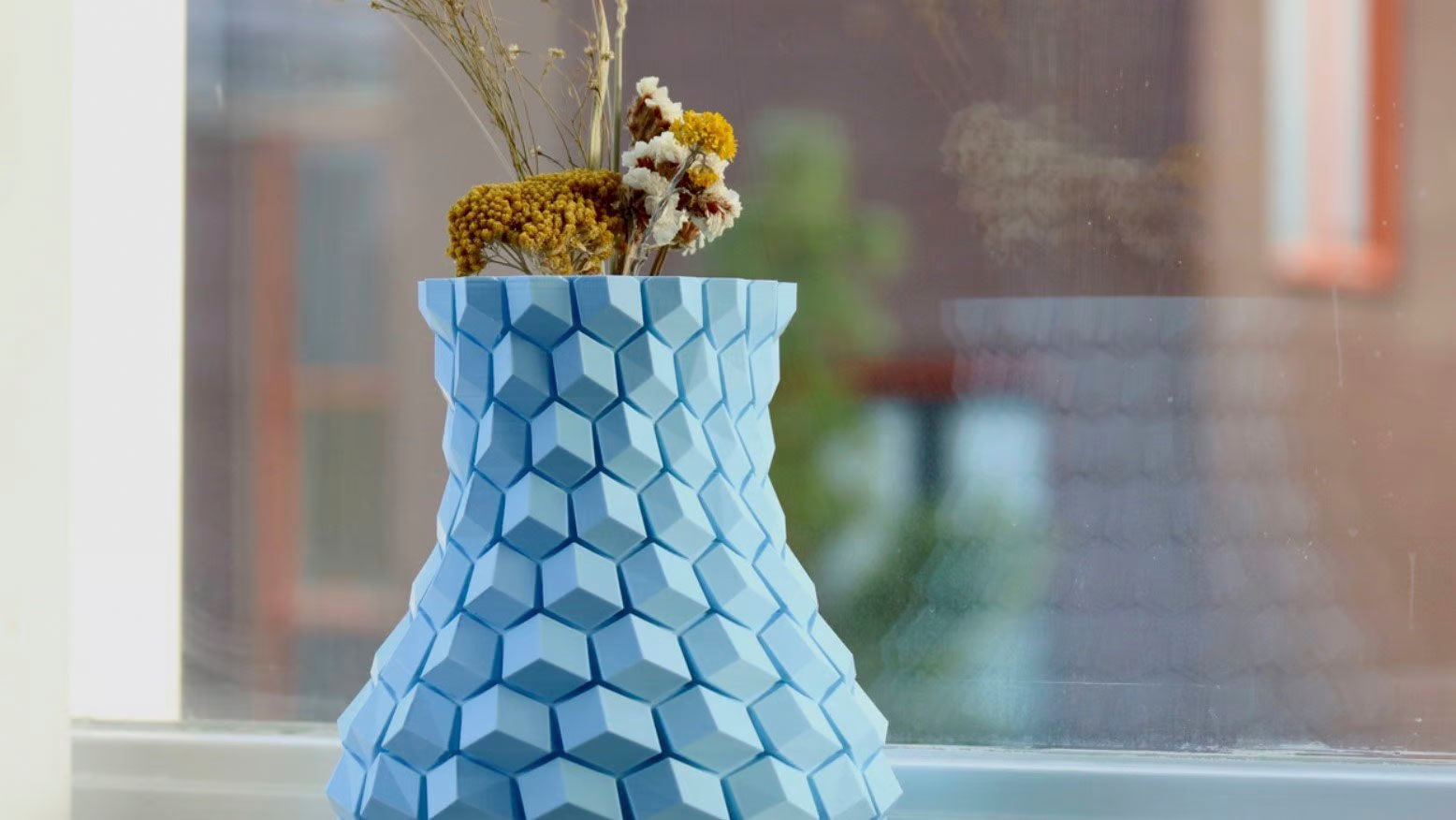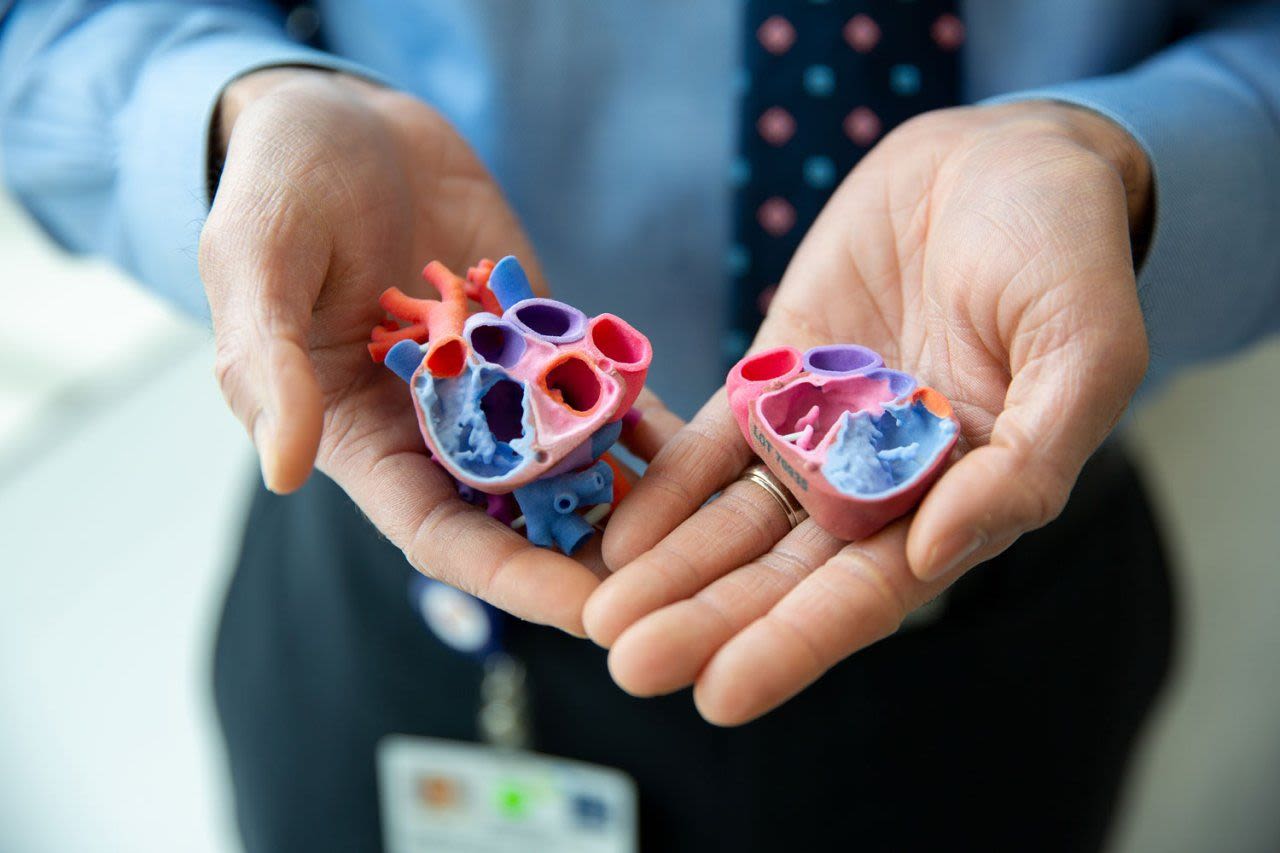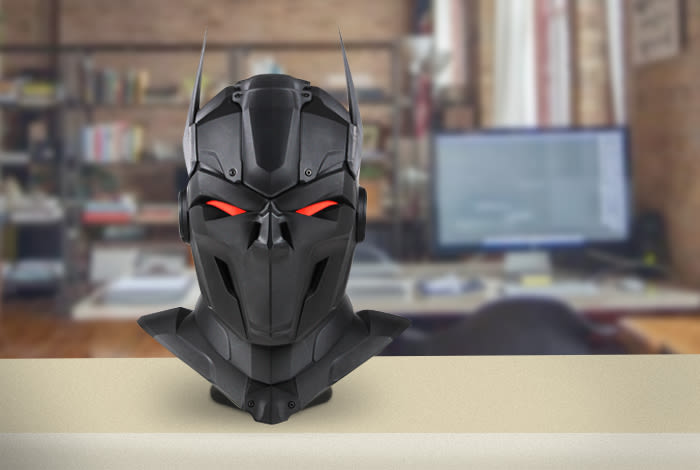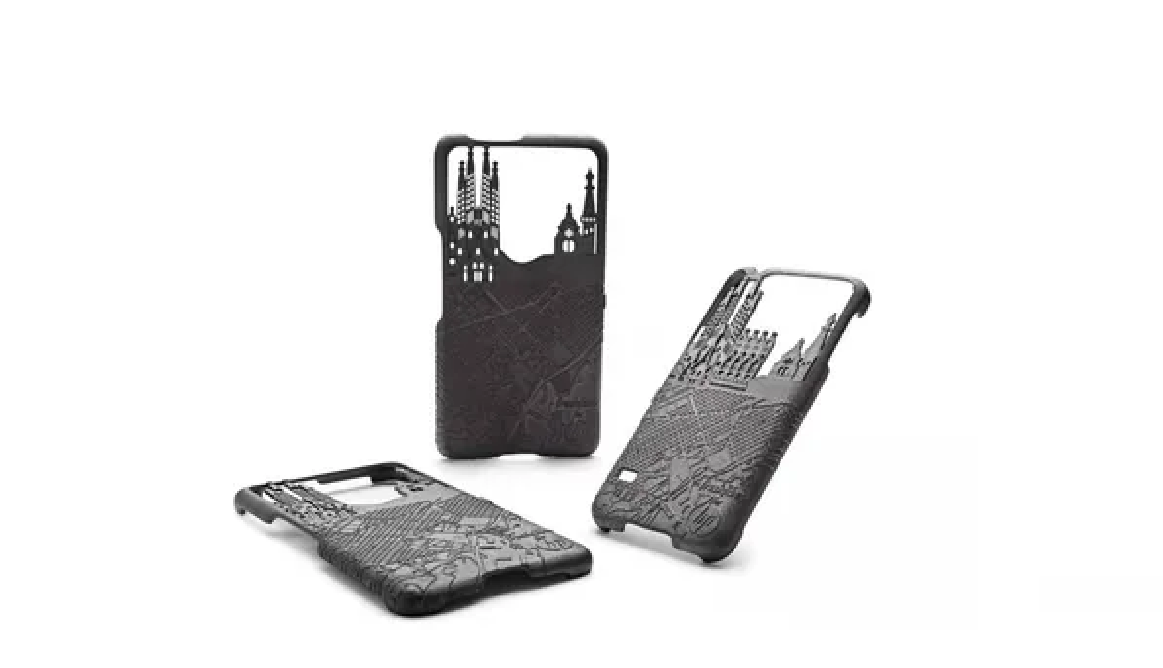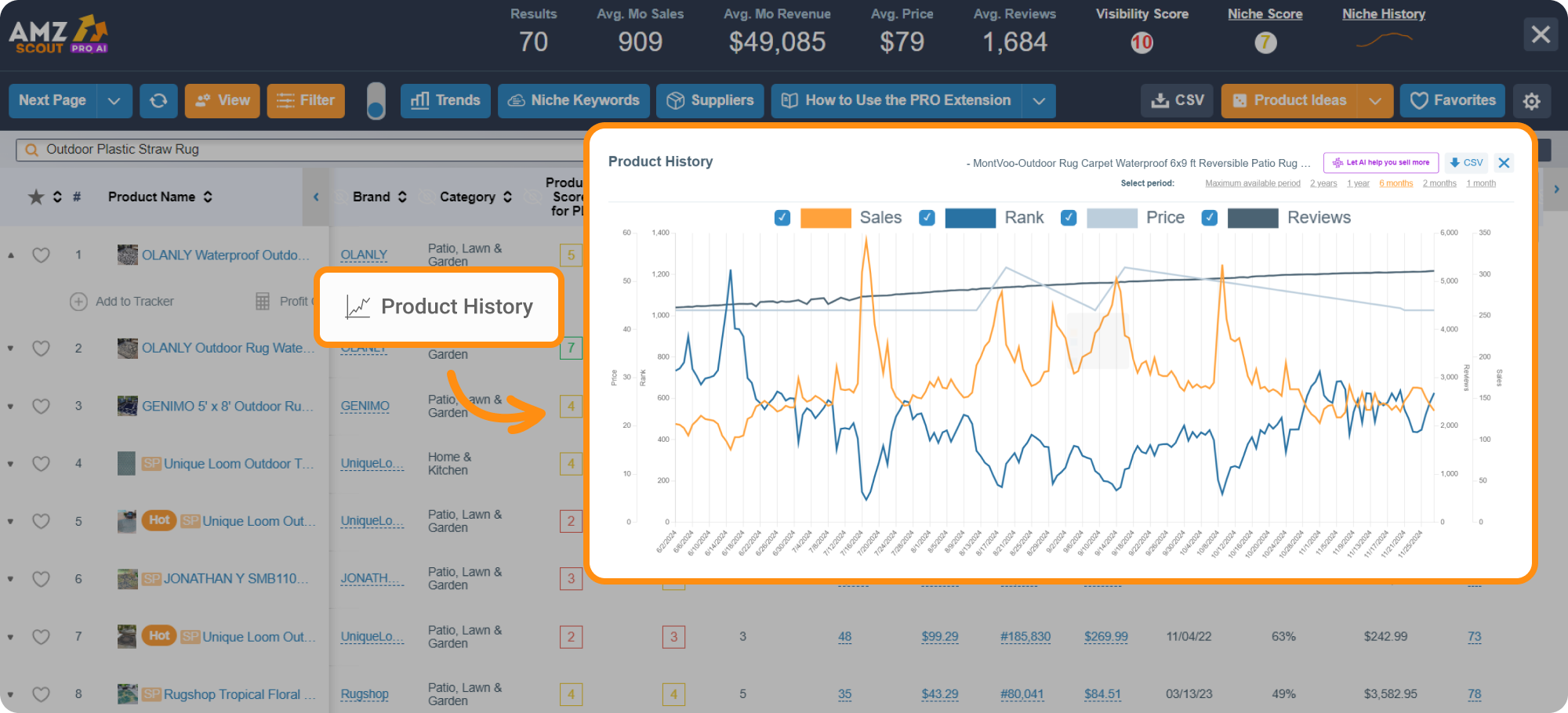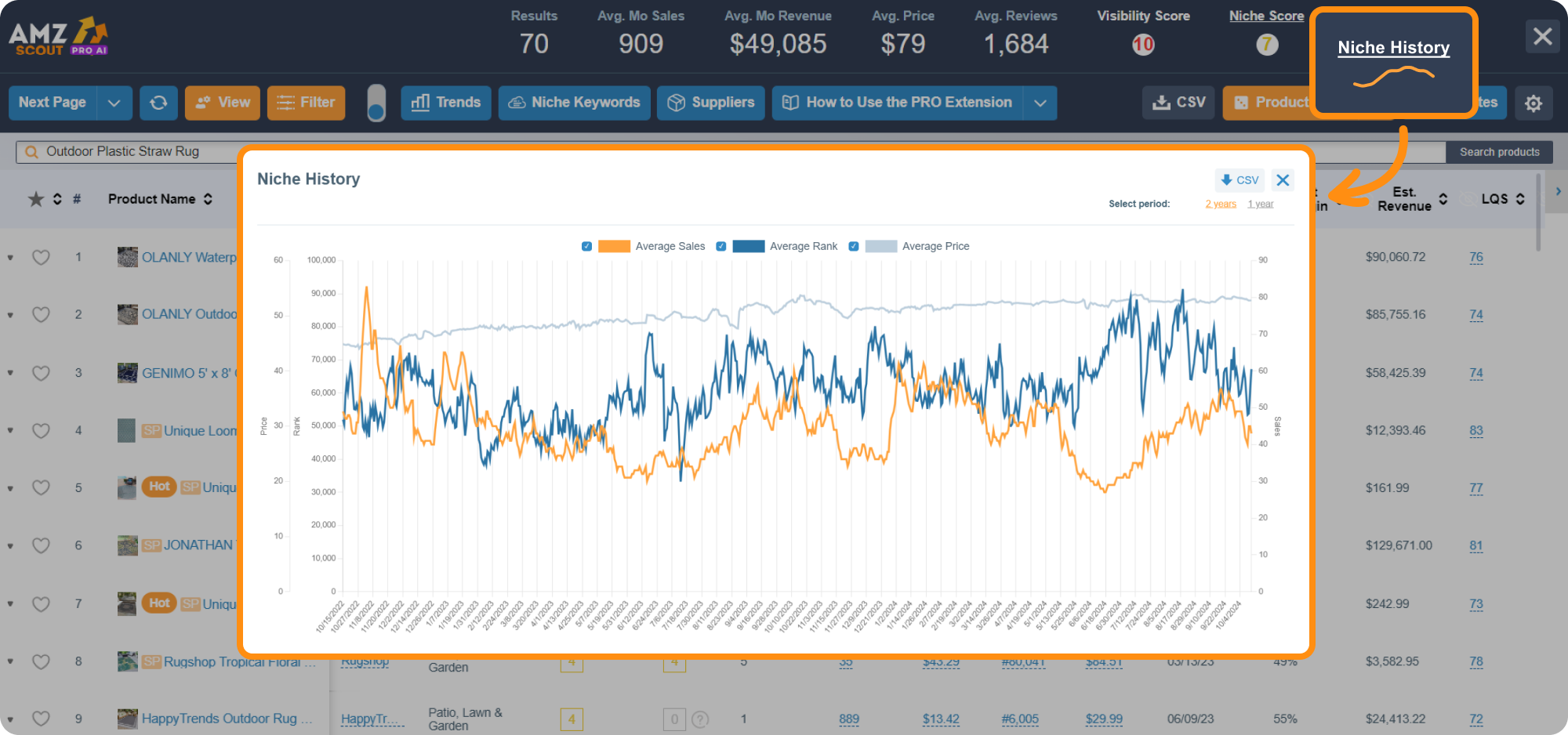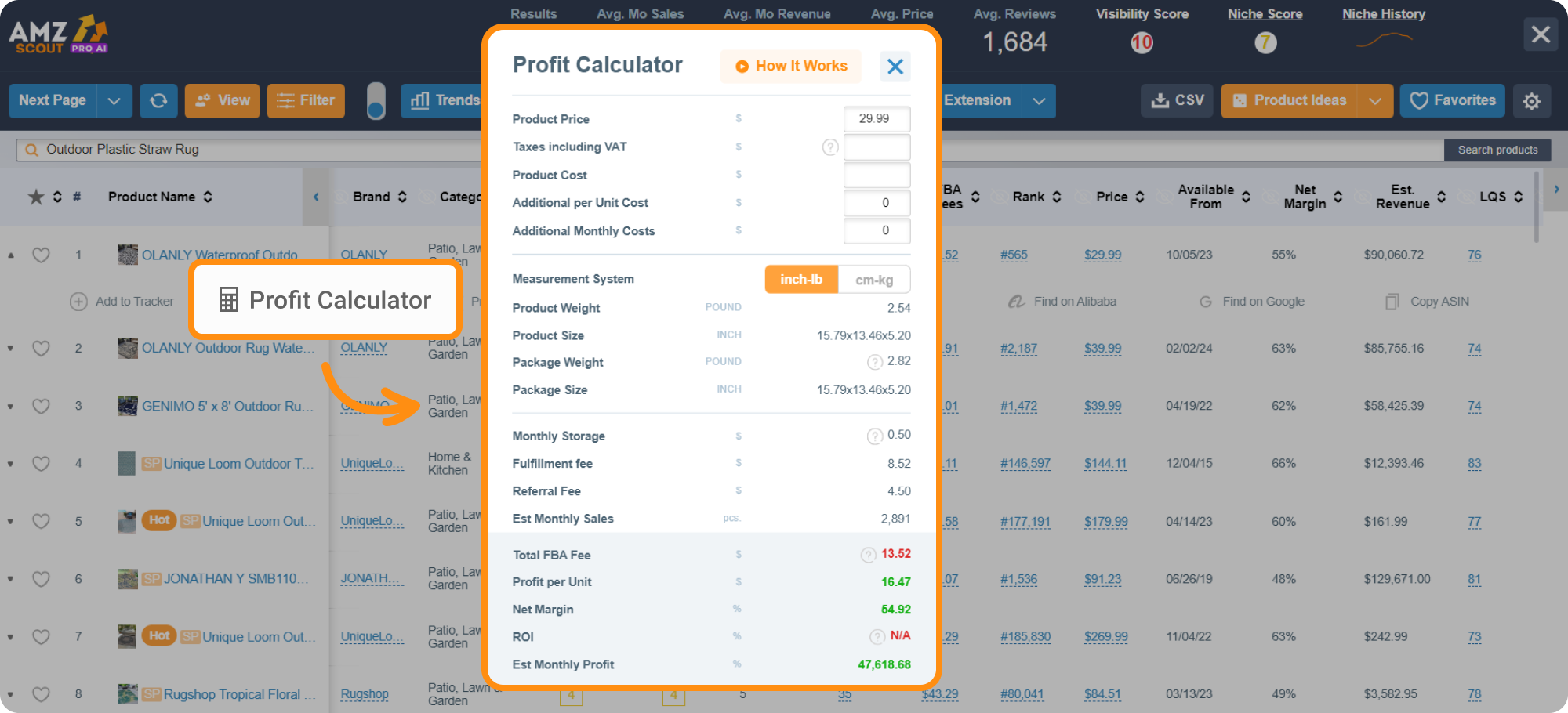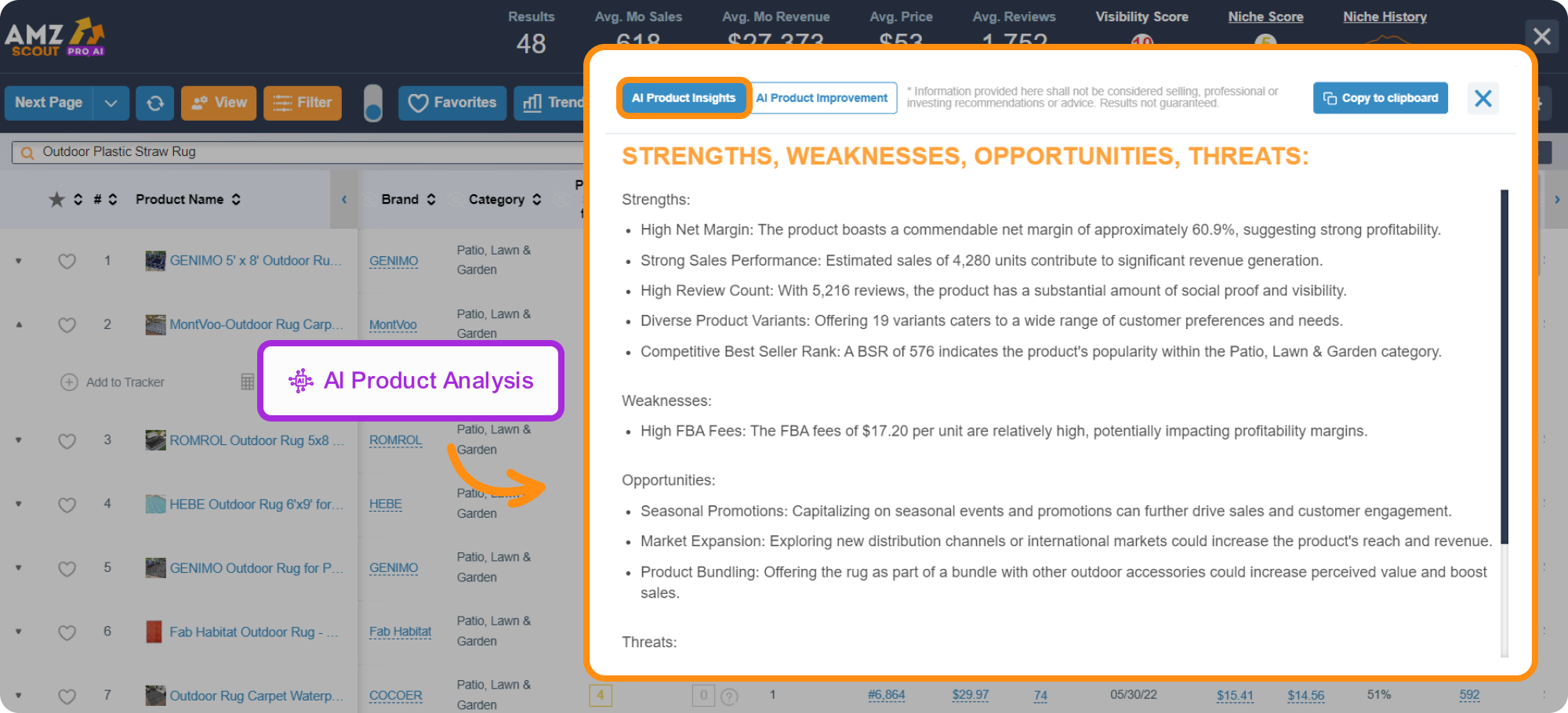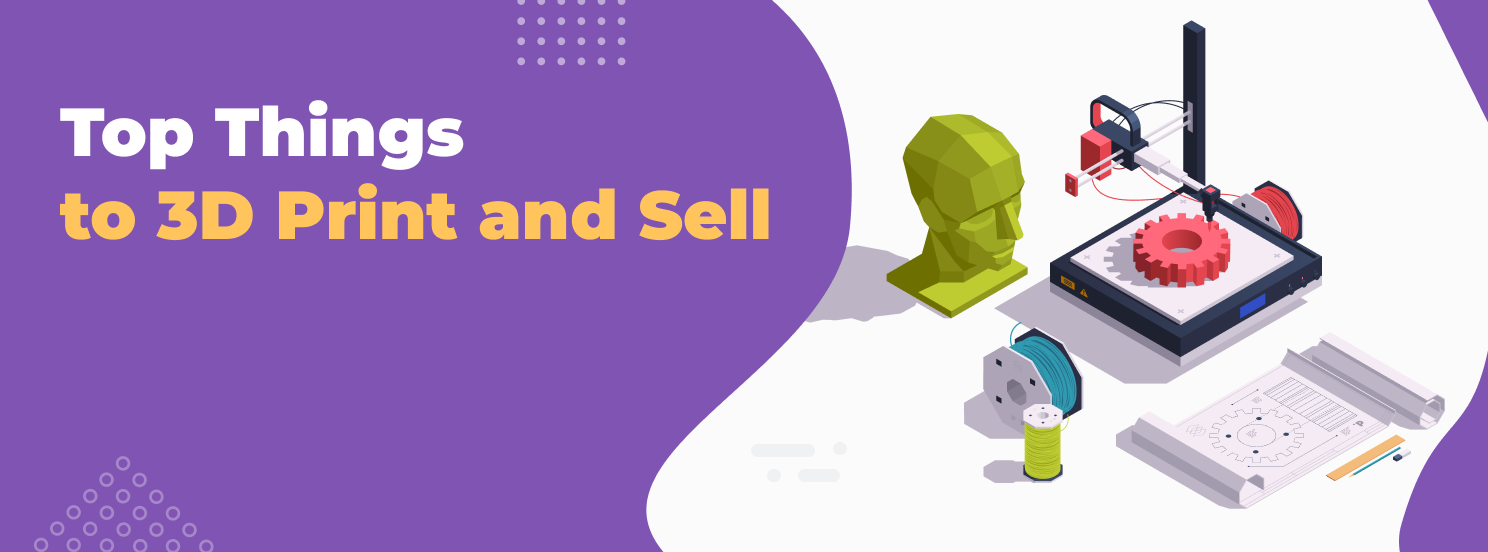
Cool Things to 3D Print and Sell: How to Make Money with a 3D Printer
If you’re looking for a creative and profitable way to start your own business, 3D printing could be the answer. From crafting small accessories to manufacturing high-demand items, selling 3D-printed products online is one of the top ways to generate income in 2025.
In this comprehensive guide, we’ll explore the best 3D prints to sell, how to sell items and make money using a 3D printer, and the step-by-step process for turning your ideas into a thriving business.
Table of contents
Why 3D Printing is a Profitable Business Idea
The world of 3D printing has grown from a niche hobby into a booming industry. The appeal lies in its versatility, affordability, and potential to create products that customers love. Unlike traditional manufacturing, 3D printing requires minimal setup, making it a cheap and easy way to start your own side hustle or full-time business.
Here are a few reasons why this business model is so promising:
High demand for unique products: Custom and personalized goods are increasingly popular with buyers, especially on platforms like Etsy and Amazon.
Cost-effective production: After your initial investment in a printer, the cost of materials is relatively low.
Scalable and flexible: You can start small and grow as demand increases, printing only what you need.
If you’re wondering, “Can I make money with a 3D printer?”, the answer is a resounding yes. The potential to create profitable 3D-printed items is limited only by your creativity and market research.
The Best 3D Prints to Sell in 2025
Choosing the right products is key to success in the 3D printing business. To help you get started, we’ve curated a list of the top products and 3D printing ideas to sell. Each of these categories represents items that are not only cool but also highly useful, popular, and profitable.
1. Accessories
Accessories are small, lightweight, and often customizable, making them perfect for 3D printing. Their versatility appeals to a wide audience, from casual shoppers to niche collectors. They’re also quick to print, meaning you can produce them in bulk or on-demand with ease.
Examples: Keychains, sunglasses, bag charms, wallet organizers
Personalized 3D-printed keychains are proving to be a hot seller, especially around holidays and special occasions when gift demand surges. According to AMZScout PRO AI, new products in this niche are pulling in an average monthly revenue of $1,500–$3,000. While established players exist, newcomers with standout designs still have plenty of room to carve out a profitable slice of the market.
2. Household Appliances and Tools
Functional and practical, household items are some of the most useful things to 3D print and sell. These products solve everyday problems, making them appealing to customers seeking affordable and efficient solutions. Since many of these items are small, they require less materials to manufacture, keeping production costs low.
Examples: Hooks, cable organizers, tool holders, plant pots
3. Decor and Interior Furnishings
People are always on the lookout for unique items to decorate their homes, and offering 3D-printed items designed for home decor is a cost-effective way to meet this demand. These products can range from minimalist to highly intricate designs, allowing you to cater to various tastes and trends. Offering customization options, like color or design variations, can help you set your items apart from mass-produced decor products.
Examples: Lampshades, wall art, coasters, vases
With an average of 458 units sold and $6,043 in monthly revenue, 3D-printed vases are quietly thriving, as per AMZScout data. Even new products are seeing strong traction, moving 100–300 units per month, proving there’s plenty of room for fresh, creative designs in this growing niche.
4. Games and Toys
The gaming and toy markets are ever-growing, providing endless opportunities for creating cool and fun 3D-printed items. Parents, hobbyists, and collectors enjoy unique and customizable toys or gaming accessories. These products also have a strong online market presence, especially on platforms like eBay and Amazon.
Examples: Chess sets, board game pieces, action figures, dice
5. Educational Models
Educational models are a fantastic niche for those interested in combining creativity with functionality. Schools and parents often seek tools that make learning more engaging and interactive for students and kids. From anatomical models for biology classes to geometric shapes for math lessons, the possibilities are endless.
Examples: Anatomical models, geometric shapes, globe replicas, DIY science kits
6. Jewelry
The jewelry market thrives on uniqueness and style, making it a prime category for 3D-printed products. Items are lightweight and customizable, so 3D-printed jewelry allows you to experiment with intricate designs that would be challenging to create through traditional methods. Offering personalization, such as initials or birthstones, can boost sales and customer satisfaction.
Examples: Rings, earrings, bracelets, pendants
3D-printed jewelry is carving out a space of its own, with most listings dominated by a single seller, suggesting a highly specialized, niche market. AMZScout PRO AI reports that new products in this category average $2,000 to $6,000 in monthly revenue, leaving the door wide open for fresh entrants who bring bold design or standout features to the table.
7. Costumes and Cosplay Accessories
Cosplayers and costume enthusiasts are always on the lookout for detailed and unique 3D-printed items and other kinds of stuff to complete their outfits. From futuristic armor pieces to fantasy props, these products cater to a passionate community of consumers who are willing to invest in high-quality designs. Selling costume accessories online, especially on platforms like Etsy or Reddit, can be highly profitable.
Examples: Masks, armor, props, fantasy or sci-fi costume accessories
8. Miniatures
Miniatures are highly sought-after by tabletop gamers and collectors who appreciate attention to detail. These small-scale models are perfect for customizing games or building dioramas. Offering high-quality miniatures that feature unique designs can help you stand out in this competitive market.
Examples: Figurines, architectural models, game terrain pieces
9. Phone Cases
In a world where everyone owns a smartphone, 3D-printed phone cases are always in demand. Customization options, such as names or unique patterns, make these products attractive to buyers. They’re relatively quick to produce and can yield significant profits with the right designs.
Examples: Personalized cases, stands, cable protectors
3D-printed phone cases are in high demand, especially those that offer a personalized or one-of-a-kind touch. With an average of 3,876 units sold monthly, according to AMZScout, the revenue potential is substantial, making this a prime category for creative sellers ready to stand out.
10. Replacement Parts and Details
Selling replacement parts is a practical way to cater to customers who need affordable fixes for broken items. Many people prefer to replace small parts instead of buying entirely new products, making this niche highly profitable. Whether they’re for appliances, gadgets, or furniture, replacement parts solve real everyday problems.
Examples: Knobs, gears, handles, machine parts
Each of these categories offers unique opportunities to enter the 3D printing market. With the right focus and creativity, you can get paid by turning these ideas into high-quality products.
How to Start Selling 3D-Printed Products
Starting a 3D printing business may seem overwhelming at first, but it’s actually quite simple if you follow the right steps. Below is a step-by-step guide to help you turn your ideas into a thriving venture.
Step 1: Choose a platform to sell on.
Deciding where to sell your products is critical. Popular options include:
Marketplaces: Etsy, eBay, and Amazon are top choices for reaching a wide audience.
Your own website: Platforms like Shopify make it easy to create a professional store.
Each option has its pros and cons, but online marketplaces are usually the best starting point for beginners.
Step 2: Explore the market and find your idea.
Conducting market research helps you identify good ideas for 3D printed products to sell. Analyze trends, competition, and customer demand to find your niche.
Tools like AMZScout Pro can simplify your research by analyzing product trends on Amazon, which is the biggest marketplace worldwide. By analyzing Amazon, you’re not just learning about one marketplace — you’re uncovering insights about customer preferences, pricing trends, and demand patterns that can be applied to any e-commerce platform. The data gathered from Amazon helps you understand the broader market and informs your strategy across the board.
The AMZScout PRO AI Extension is a powerful tool designed to help you identify profitable product ideas, analyze competition, and evaluate niche potential. While this tool is specifically tailored for Amazon sellers, the insights it provides are valuable for any platform, including Etsy, eBay, or your personal website. Here’s a step-by-step guide to getting started:
1. Install the AMZScout PRO AI Extension. You can sign up for a full-transparency free trial—no credit card details are needed. Once the extension is installed, the icon will appear next to your browser’s address bar, signaling that the tool is ready to use.
2. Search for your product on Amazon. Open Amazon and enter keywords related to the product you’re considering. This could be anything from “custom phone cases” to “3D-printed miniatures”.
3. Activate the AMZScout PRO AI Extension by tapping the round icon, and the dashboard will display key metrics related to your search results.
4. Analyze competitors’ products. The extension provides detailed insights into competitors’ products, including sales trends, pricing strategies, and review metrics. You can view all the key metrics for each product in a table and also access the Product History to see:
Sales performance: Look at how well similar products are selling.
Reviews: Pay attention to the number and quality of reviews. Products with many reviews and high ratings can indicate a competitive niche.
Pricing trends: Study how competitors price their items to gauge market expectations.
5. Assess the niche’s potential. The Niche Score and Niche History tools offer a snapshot of the market dynamics. A Niche Score above 7 suggests that the niche is potentially strong overall.
By reviewing the Niche History, you can spot long-term trends and seasonal demand, helping you choose products with staying power. This data is relevant no matter where you sell, because understanding customer demand and competition is critical for success on any platform.
6. Develop a competitive pricing strategy. Use the insights provided by AMZScout to set a competitive and profitable price for your product. The Profit Calculator is particularly useful for determining your potential earnings, factoring in costs such as materials, shipping, and platform fees. For Amazon sellers, aim for a net profit margin of at least 20%. This principle applies universally: pricing competitively while ensuring profitability is key to succeeding on any e-commerce platform.
7. Evaluate risks and opportunities. Access the AI Product Analysis tool to conduct a comprehensive strengths and weaknesses analysis. By analyzing this data across different products within a niche, you can gain a deeper understanding of the niche itself.
For sellers who create private-label products, this analysis can reveal gaps in the market, helping you design offerings that outsell competitors. There’s even an AI Product Improvement feature, where sellers can get tips on how to increase the profitability of their product.
By leveraging AMZScout PRO AI, you can confidently choose products, craft effective marketing strategies on various places for selling, and build a successful business no matter where you sell.
Step 3: Print your products.
Invest in a reliable 3D printer that meets your needs. For beginners, the Creality Ender 3 is a great option, while resin printers like Anycubic Photon are ideal for creating detailed items.
Step 4: Create high-quality listings.
Your product’s listing plays a major role in attracting buyers. Use clear photos, engaging descriptions, and relevant keywords like “unique 3D-printed items for sale”.
Step 5: Manage your inventory and logistics.
While 3D printing allows for on-demand production, keeping a small inventory of your most popular products can help you reduce shipping times.
By following these steps, you can position yourself as a trusted seller in the competitive world of 3D-printed products.
If you still have any questions about 3D printing, check out some additional FAQs below.
Conclusion
The world of 3D printing is full of exciting opportunities for entrepreneurs. By choosing the best 3D prints to sell, conducting thorough market research, and using the right tools, you can turn your 3D printer into a money-making machine. Whether you’re selling on Etsy, Amazon, or your own website, the key to success lies in offering cool, unique, and useful products that customers can’t resist.
FAQs
Is it legal to sell 3D prints?
Yes, as long as you avoid infringing on any copyrights or trademarks. Use original designs or properly licensed files.
What is the best 3D printer for making money with designs?
This depends on your needs. Here are some suggestions:
For beginners: Creality Ender 3
For detailed prints: Prusa i3 MK3 or Anycubic Photon
For large-scale production: Ultimaker S5
What is the most profitable kind of product to 3D print?
Custom items with high perceived value, like jewelry, miniatures, and cosplay props, are among the most profitable items.
